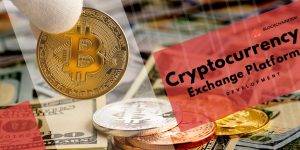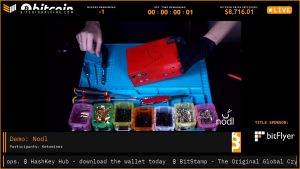In just a few days, the Seasonal Tokens project will enter a new phase when the rate of production of Spring tokens is cut in half. Spring will go from being produced at the fastest rate of the four tokens, to being produced at the slowest rate. The cost of producing Spring tokens through proof-of-work mining will double. Spring tokens will go out of season and then Summer tokens will be produced at the fastest rate for the next nine months.
Spring tokens have been cheap and plentiful compared to the other tokens since mining started nine months ago. The era of cheap Spring tokens is coming to an end. For the next nine months, miners will be producing fewer Spring tokens every day than any of the others. The abundance of Spring tokens will disappear over time, and the price of Spring will eventually need to rise in comparison to the other tokens.
The Spring halving will activate, for the first time, the mechanism that Seasonal Tokens uses to make the prices of the tokens oscillate around one another over the long term. Until now, the prices of the tokens relative to each other have been stable. They’ve been close to the ratio 5:6:7:8 for Spring, Summer, Autumn and Winter, reflecting the relative costs of production.
The halving will set the prices in motion for the first time. Later this year, the price of Spring will start to rise in comparison to the others. Investors will trade other tokens for Spring tokens, putting more upward pressure on the price. The costs of production of the four tokens will have a ratio of 10:6:7:8, and the prices will trend towards this ratio over the long term, eventually making Spring the most expensive of the four tokens.
Roughly nine months after Spring’s price starts to rise, the same will happen with Summer. Investors will trade their other tokens for Summer, knowing that it will become the most expensive token next.
The system was designed to let investors do this cyclically. By always trading the more expensive tokens for a greater number of cheaper tokens, investors can increase the number of tokens they own with every trade. The four prices oscillate around one another, so the tokens are equally valuable in the long term despite having different prices today.
The system allows investments to grow in value, even if the average price of the four tokens doesn’t rise over time. The tokens that investors accumulate when they trade are produced by mining; trading the tokens in this cycle lets investors receive a fraction of the real economic value produced by mining.
Investors actively participate in the economy and provide value to miners by reallocating capital between the tokens. In exchange for this, they get a fraction of the new tokens. Those who invest in Seasonal Tokens aren’t just passive observers watching the price and hoping it will increase — they’re active participants, and they can earn a well-deserved profit by shifting their investments from token to token as the mining costs change.
This gives the tokens an investment value that doesn’t rely on rising prices — although they may rise, they won’t always do so. However, the tokens remain a good investment because they make it possible to continually add value whether the dollar price is high or low
Learn more at SeasonalTokens.org.









